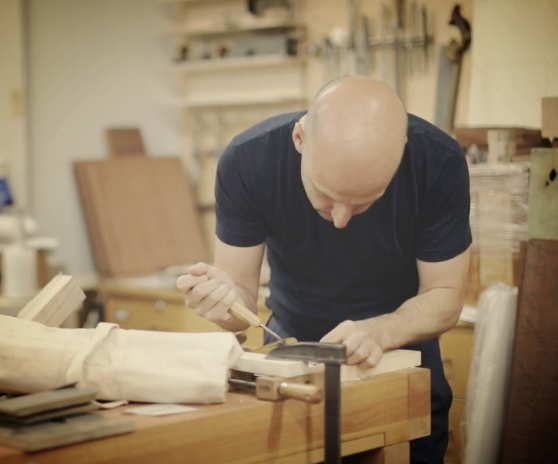Minding Making
Harvard University
The Minding Making Project and Website are under construction.
The first issue of the online Minding Making journal, "Cutting," will launch in January 2018. Preview Here
The Minding Making project at Harvard aims to collapse the hierarchical division between “minding” and “making” that has emerged through centuries of privileging head over hand in modern culture.
By exploring forms of “makerly” intelligence that are shared across the artistic, artisanal, scientific, and industrial spheres, we are working to reveal processes that unsettle the Minding-Making hierarchy and to spark conversations that are traditionally precluded by this division. Site visits, workshops, pedagogical experimentation, and the Minding Making website aim to bring diverse makers together and to link wide-ranging spaces of making with the museum and the university classroom.
From these and other conversations, we hope to build a framework for attending to the material world more carefully and critically, for fostering empathy across ethnic, cultural, and socioeconomic divides, and for reframing the way we understand the relationship between conceptual and material knowledge.
WATCH THE MINDING MAKING MISSION VIDEO
Examples of Minding Making Initiatives:
In one day of a recent workshop on the Technology of Cutting, we traveled from a saw mill to a high-tech neurobiology laboratory. Though working across widely different scales and materials, the brain scientist and saw mill operator shared an underlying language of cutting and spoke of similar concerns in their distinct but linked processes.
In a recent graduate seminar, we visited a plastic injection factory to explore the tool of the mold through industrial making. Conversations with both managers and engineers transformed the mold from a static object into a dynamic network of channels constantly balancing forces.
In a recent General Education class, we brought undergraduate students to a Harvard Ceramics Studio to explore the technology of porcelain making. The tactile experience of working with clay allowed students to think between the space of the workshop and larger political and cultural dialogues.




